When people come to visit us at Clonbrock Castle, flanked by its picturesque assemblage of turrets, walled gardens and cottages, they usually first exclaim on its fairytale quality, and then on its "secret" location. "But how did you find it in the first place?" they ask. "On the internet" is not a very romantic answer, but that is how our castle adventure started 13 years ago. For a while my husband, Jonathan, and myself, keen vacationers in Ireland over the years, had been having wistful thoughts about owning a little cottage here. Research online revealed, to our amazement, that you could buy, if you were lucky, a very ruined tower house for the same price as a bland wee bungalow. All our "sensible shoes" plans went out of the window.
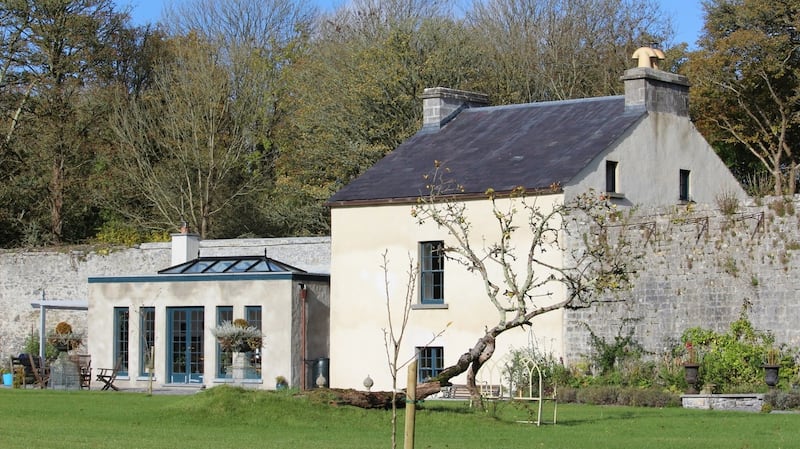
Alas we found that most of these usually much diminished structures were now in the middle of farmyards or smack up against the side of a busy road. Then castle sale specialist Helen Cassidy twisted our arms to come to see a property that was over our budget in Anashcragh, in rural east Galway.
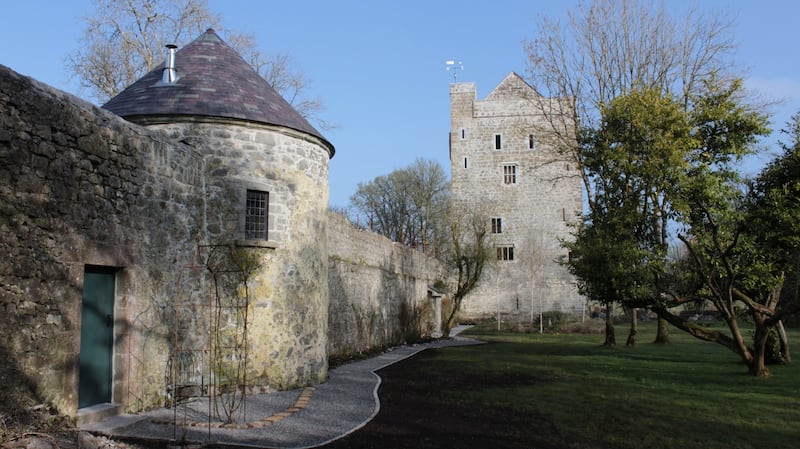
On our first visit with Helen to the castle on January 11th, 2005, we had to undergo an Indiana Jones style assault course through a jungle of fallen giant trees, bristly snowberry and dank thickets of laurel in the nether regions of the ruined Clonbrock demesne to gain access. But once inside this ivy-clad 20-metre plus edifice, with its, in places, three-metre thick walls, superb stone winding stair and intact mediaeval iron gate, allegedly one of only two still left in the whole of Ireland, we were in awe and in thrall.
Camping like hobbits
We forayed initially back and forth between Ahascragh and our then home, Oxford, camping like hobbits in a tiny stone outbuilding next to the castle that, to our amazement, had fabulous stone flagstones under the earth, debris and self-seeded saplings. Happy discovery has been a continuing theme of our Clonbrock experience, for the more that we, friends and relations, and our irreplaceable local adjutant, Anthony McGuire, cut back and cleared, the more of the magnificent Clonbrock demesne of yesteryear was revealed.
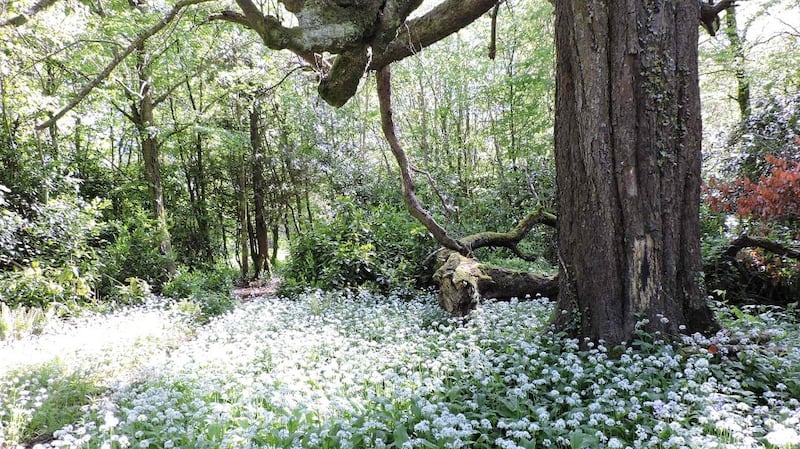
At its epicentre, the atmospheric tower-house, built by Tadhg O'Kelly around 1475, according to the Annals of the Four Masters and carbon-dating, has been meticulously re-pointed with lime mortar and stone repairs made inside and out by Anthony, and Padraig Snype of Roscommon, with beautiful carved windows to replace those missing created by fellow castle-owner and inspired stone craftsman Pete Hayes.
The poignancy and importance of the abandoned ‘lost’ gardens and buildings at Clonbrock comes all the more into relief when one looks at the now digitised glass plate photographs, all 2,000 of them, residing at the National Library of Ireland’s Clonbrock Collection, viewable online.
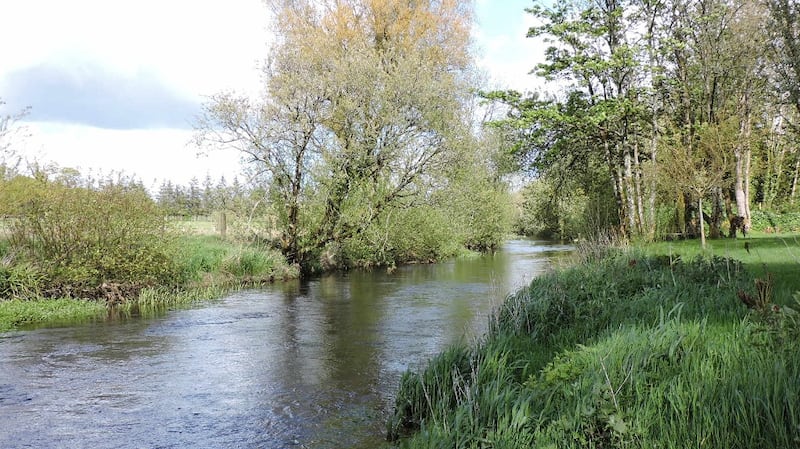
The Anglo-Norman Dillon family, Barons Clonbrock, lived on the estate for some 400 years from when Thomas Dillon, 'Chiefe Justice of Connach' for Elizabeth I, acquired the castle and surrounding lands from the O'Kellys in the late 16th century.
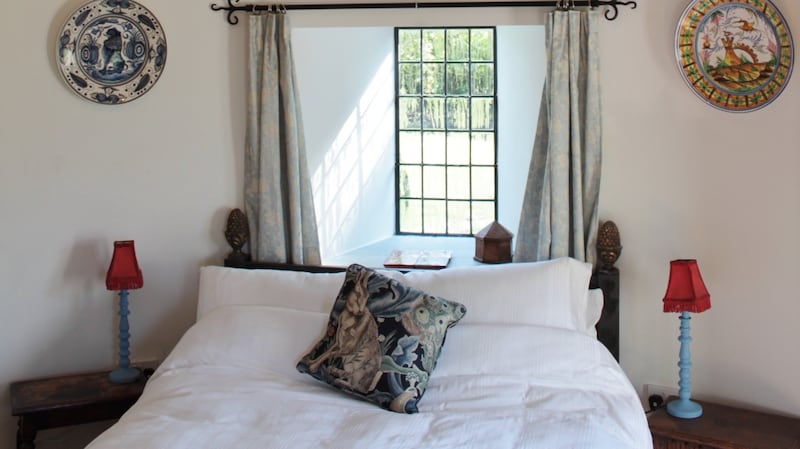
In Victorian and Edwardian times the ladies of the Dillon family were pioneers of photography, along with Lady Rosse of Birr Castle. Their pictures are not just important social documents from a time gone by, they are visual love letters to Clonbrock. Usefully also, for restoration nerds such as ourselves, they contain details and clues to how things looked back in the days before finances and politics led to the decline of the estate. We found out from photographs by Lady Augusta Dillon, for example, how to copy the original windows in the Garden House, and how the roof on the castle's flanking turret was made; and when we wrested these derelict buildings back from their then sheep occupants, made good accordingly.
Full-time project
It was five years ago that it became plain that such an undertaking as restoring Clonbrock could not be a part-time project. We moved permanently into the charming three-storey home of the head gardener and set about reclaiming not only two little cottages nestled up to the house, but the magical river garden by the trout stream Bunowen, a haven for wildlife; the walled garden with its own sculptural, overgrown dark hedges; the two-acre garden where revolutionary heroine and Yeats muse Lady Gregory painted a little picture of the impossibly romantic turret; and the kitchen garden with its fabulous view of the weathervane-topped castle.
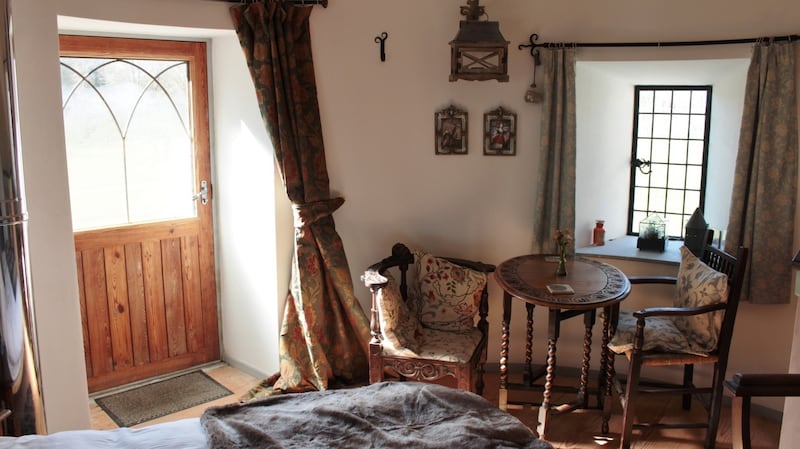
Over the years we have had many visits from locals offering information about who lived in which cottage and what was his or her job on the demesne and also offers of help in restoring the castle and grounds. Those helping out in the gardens know to give me any shards of broken crockery they find, and I now have many evocative fragments spanning the centuries, along occasionally with mysterious fossils from prehistoric times when the centre of Ireland was a shallow sea.
Why then would one leave such a paradise? Well, Jonathan and I are not getting any younger for one thing, and our children and grandchild live in Somerset in the UK. We will not be doing cold turkey from this special place, however. Some years ago we acquired the derelict Georgian stable block next to the decayed grandeur of Clonbrock House. We plan to use some of the funds from the sale of “the other end” to re-roof the structures and do as much rescuing as ‘visiting holidaymakers’ can.
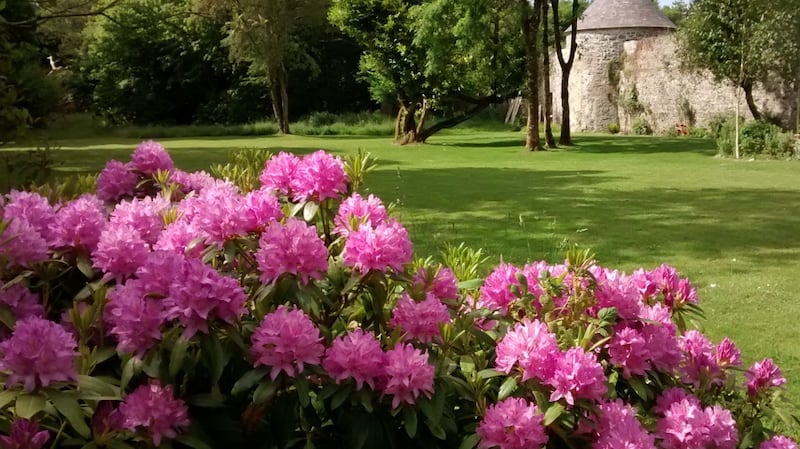
Clonbrock Castle , Ahashcragh, near Ballinasloe, Galway is for sale at €1.375 million through Helen Cassidy Auctioneers. The property includes a 15th century castle keep (externally restored, internally repaired, with all services introduced); four flanking turrets (one completely restored with conical roof and let on Airbnb); two restored one-bedroom cottages (also let on Airbnb); restored Georgian three-storey gardener's villa, with four bedrooms, two receptions, kitchen, boot-room, two bathrooms and glass-roofed orangery. The property, which has its own well and waste treatment plant, is on seven acres of land bordering the renowned trout river Bunowen. This includes three walled gardens and woodland.
For more information on Clonbrock and its history, read Irish Country Houses: A Chronicle of Change by David Hicks (The Collins Press, €39). The last chapter is devoted to the demesne, with many photographs.
















